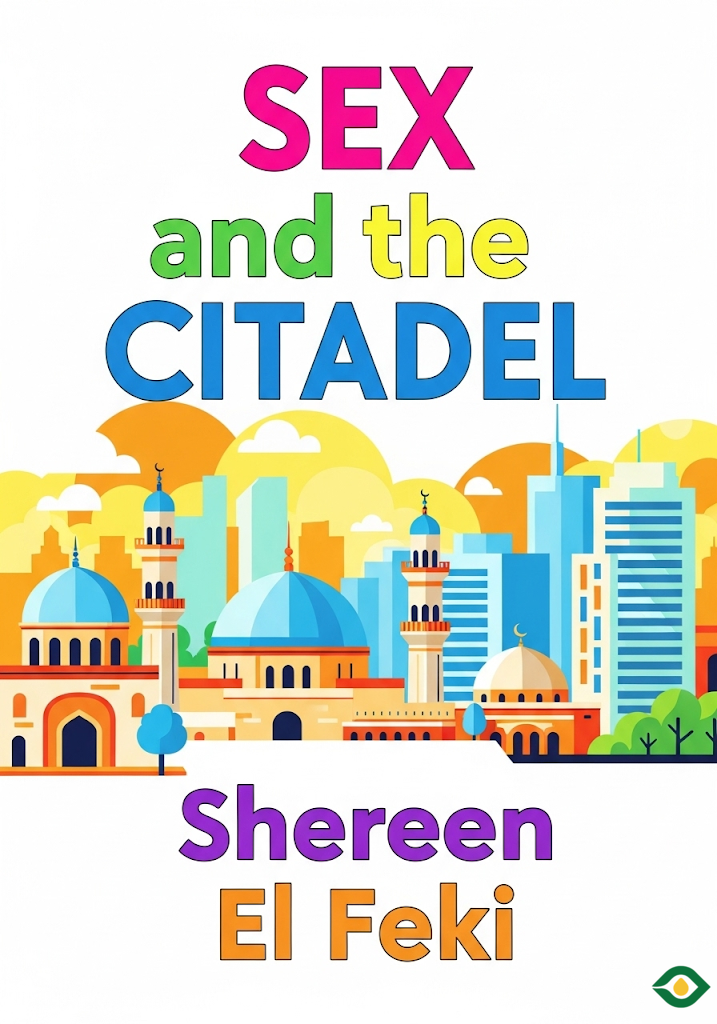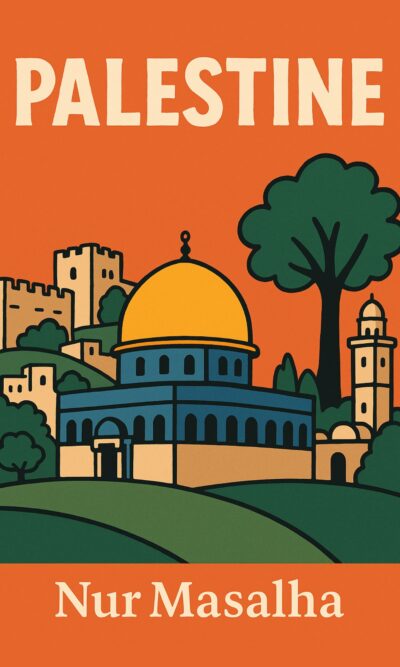Description
Sex and the Citadel by Shereen El Feki is an eye-opening journey into the intimate lives of people in Muslim-majority societies, with a strong focus on Egypt. The book is not about scandal or gossip, but about truth. It looks at how people love, marry, desire, struggle, and adapt in cultures where sexuality is both deeply personal and highly political.
Centuries ago, the Muslim world was surprisingly open about sexuality. Poetry, literature, and art celebrated love and desire. Homosexuality, pleasure, and even erotic texts were part of cultural life. Travelers like Gustave Flaubert, who visited Egypt in the nineteenth century, found a society that embraced sensual pleasures in ways that shocked Europeans of his time. But this freedom did not last. Colonialism, military defeat, and the rise of conservative religious movements brought a new wave of repression. Leaders and thinkers began to blame social problems on “immoral” behavior, especially sexual openness. Over time, societies that once enjoyed sexual freedom became stricter, pushing sexuality into silence and shame.
This silence has consequences. Without proper education or open conversations, many couples today live with frustration. Studies in Egypt reveal that a majority of married women report sexual dissatisfaction. Pain during intercourse, lack of desire, and absence of pleasure are common. Women, in particular, carry the heavier burden. Abuse within marriages is reported but rarely discussed. Many men grow up without understanding female sexuality, and many women are taught that silence and obedience are the only acceptable roles.
Yet, change is slowly appearing. Television and media sometimes step in where schools and families stay silent. One popular Egyptian talk show hosted by Dr. Heba Kotb openly discusses topics like pornography, intimacy between partners, and wedding-night fears. For many couples, such conversations are revolutionary. They provide information that was never available before and encourage dialogue between husbands and wives. The simple act of learning about one’s own body and speaking with a partner becomes a quiet but powerful form of resistance against repression.
For women, expectations are particularly heavy. Virginity at marriage is seen as essential, not only for religious reasons but also as a marker of family honor. Because of this, a whole industry of virginity testing and “hymen repair” surgeries has developed. Some women turn to medical procedures to restore the appearance of virginity, while others even purchase artificial products to simulate it. The fear of social shame forces many into drastic choices. These pressures highlight the imbalance: while men face few restrictions, women’s worth is often tied to their bodies and their purity.
Cinema and art have historically provided some breathing space to discuss sexuality. Egypt, often called the Hollywood of the Arab world, has produced films that touch on love, desire, and frustration in marriage. In the 1960s and 1970s, sexual themes were more common, but today censorship is growing stronger. Films that suggest infidelity, show nudity, or combine religion with sexuality are heavily cut or banned. A film that once might have shown lovers in bed may now only hint at intimacy through symbolic scenes. Despite these restrictions, filmmakers still try to tell stories about the real challenges people face in their private lives.
Another unusual practice explored in the book is the idea of temporary marriages. Originally a cultural tradition meant to allow unions for a short period, it has in some places become a cover for prostitution. Wealthy men, sometimes from abroad, pay poor families for brief marriages to their daughters. Contracts make these arrangements legal in the eyes of religion, but for many young women, it is a painful experience where poverty dictates their choices. The story of Samia, a girl married off for a week so her family could survive financially, shows the human cost of this practice.
Homosexuality adds another layer of complexity. Officially, it remains taboo, unspoken, and sometimes even denied as existing. In Arabic, many words for gay men or women are insults. Few neutral terms exist, and those that are introduced struggle to gain acceptance. Because of this, gay people often live double lives. Some marry and raise families while secretly maintaining same-sex relationships. Others find small spaces of freedom in artistic or private circles. For some, the silence of society is almost a blessing—it allows them to live without constant labeling, even if it means hiding.
Despite repression, there are hopeful signs. Local organizations in the Muslim world are working for better education, women’s rights, and sexual health. After the Arab uprisings, international donors began to support such groups more strongly, though political shifts have made this funding unstable. The key lesson is that change cannot be forced from outside. Western models of sexuality cannot simply be copied and pasted onto Muslim societies. Instead, progress must come from within, shaped by local voices and traditions.
Importantly, Islam itself is not the enemy of sexual openness. History shows that Muslim societies once celebrated love and pleasure openly. The restrictions we see today are not permanent or inevitable. They are products of politics, power, and fear. By reclaiming the forgotten heritage of sexual freedom, and by creating safe spaces for dialogue and education, there is hope for the future.
Sex and the Citadel ends on a realistic but optimistic note. Sexual revolutions do not happen overnight, and they rarely look the same in different cultures. But every conversation matters. Every couple that learns to talk to each other, every woman who claims her right to pleasure, every film that hints at truth, every young person who refuses to be silent—all of these are steps toward change. The citadel of silence is strong, but cracks are appearing.
In summary, this book shows us that sexuality in Muslim societies is not a fixed story of repression. It is a living, shifting field shaped by history, politics, religion, poverty, and courage. People continue to love, desire, and adapt, often quietly and creatively. By listening to their stories, we see both the struggles and the resilience that define the intimate heart of the Muslim world.





